Rebecca West's Magic Circle
Submitted by Tyler Dick on Mon, 04/01/2024 - 22:17In West’s Return of the Soldier, the experience of the war collapses the distinctions of temporality—that is, past, present, and future—into a single plan of experience for the characters of West’s novel. Chris’s shell-shock leaves him believing he is at least 15 years younger than he actually is, enamored with his childhood love Margaret rather than his wife Kitty. Jenny comes to recognize that this past Chris has entered is a protective “magic circle” made possible by Margaret, who had led “him into this quiet magic circle out of our life” that offered not only Chris protection from the recognition of what would have been his present unhappiness, but likewise serves as a salve for Jenny over her nightmares thinking about Chris in No Man’s Land. Jenny describes how Margaret’s protection of Chris via keeping him within this “magic circle” of the past has cured her own suffering related to the war: “My sleep, though short, was now dreamless. No more did I see his body rotting into union with the brown texture of corruption which is No Man’s Land, no more did I see him slipping softly down the parapet into the trench, no more did I hear voices talking in a void…” (71). Chris’s memory lapse becomes an escape and protection for them all from the present horrors of the war, and it also prevents the possibility of Chris from having to return to active duty as a soldier (71). But, paradoxically in doing so, it forecloses the possibility of their future by fragmenting their experiences into different, now conflicting, relations among each other.
The idea of the “magic circle” reminds me of Bakhtin’s idea of the Epic circle, a space and time closed off from experience and in a way thus protected from contemporary decay. The magic circle serves a similar closed-off function, becoming a space that Chris can exist within that protects him from his present and his future (and, as Jenny makes clear, also consequently protects herself by removing Chris from danger and into the safety of his illness). When the circle is broken at the conclusion of the story, Chris’s youth is once again lost as he returns to his present state of a soldier damaged by his war-time experience: “He walked not loose-limbed like a boy, as he had done that very afternoon, but with the soldier’s hard tread upon the heal” (90). The irony of the novel’s final line, “He’s cured!”, points out the state of a post Great War world. Chris’s illness was not the safety of the past that protected him within this “magic circle” from the horrors he face; the real illness Chris faces, as all the characters do, is the immense emotional, spiritual, and physical destruction that has permanently impacted the world with symptoms that would persist for decades.
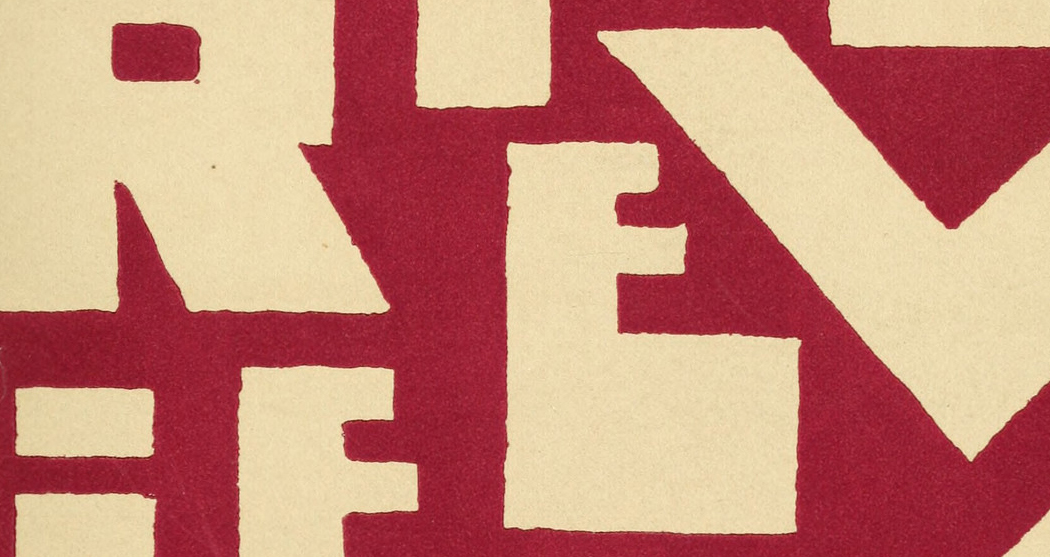
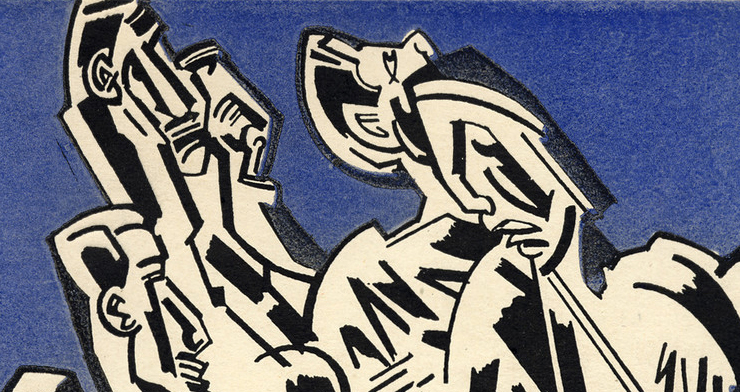
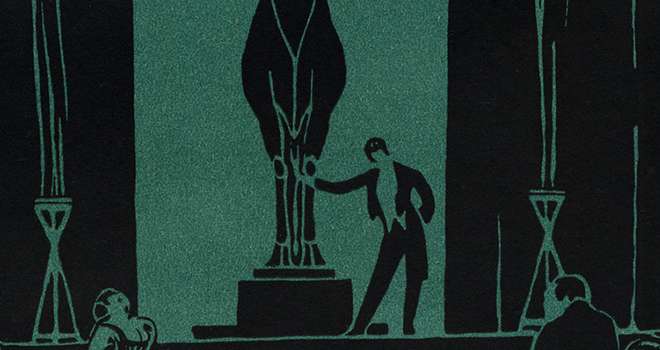
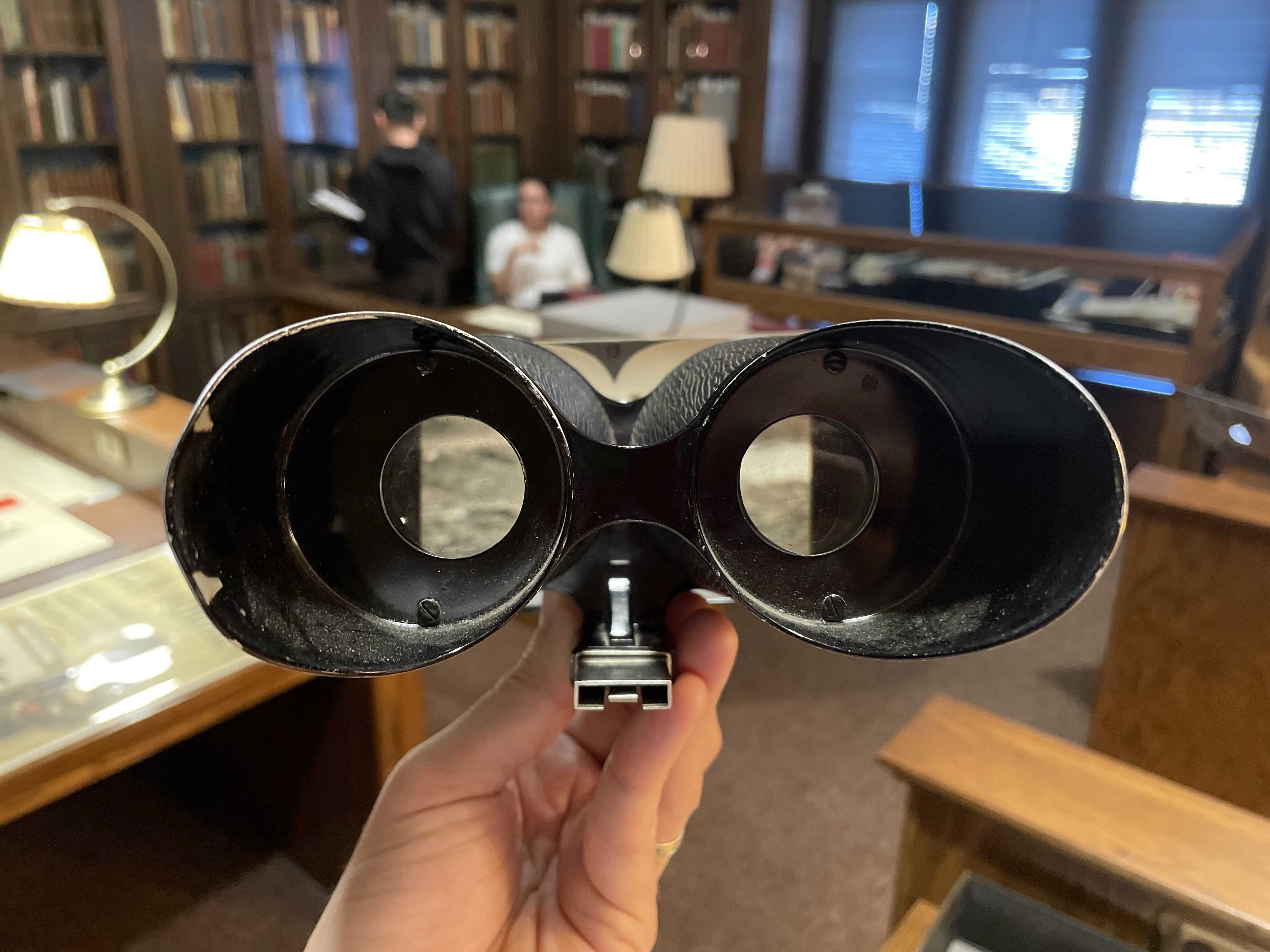 The stereoscopic photographs drew me in during our visit to Special Collections this past Tuesday (2/20). At first the experience was a little frustrating, until I learned to prompt my eyes to synthesize the two halves into a single 3D image by focusing on something in the foreground (bottom of the frame). Once I had that down, I looked at 20 or 30 of the images and was impressed by the subject breadth of the collection. Everything from formal portraits of cleanly military quarters to combat action to the grisly results thereof. It reminded me of Remarque's descriptions of all aspects of life during the War in All Quiet on the Western Front, and also gave me a way to think about Thing Theory.
The stereoscopic photographs drew me in during our visit to Special Collections this past Tuesday (2/20). At first the experience was a little frustrating, until I learned to prompt my eyes to synthesize the two halves into a single 3D image by focusing on something in the foreground (bottom of the frame). Once I had that down, I looked at 20 or 30 of the images and was impressed by the subject breadth of the collection. Everything from formal portraits of cleanly military quarters to combat action to the grisly results thereof. It reminded me of Remarque's descriptions of all aspects of life during the War in All Quiet on the Western Front, and also gave me a way to think about Thing Theory.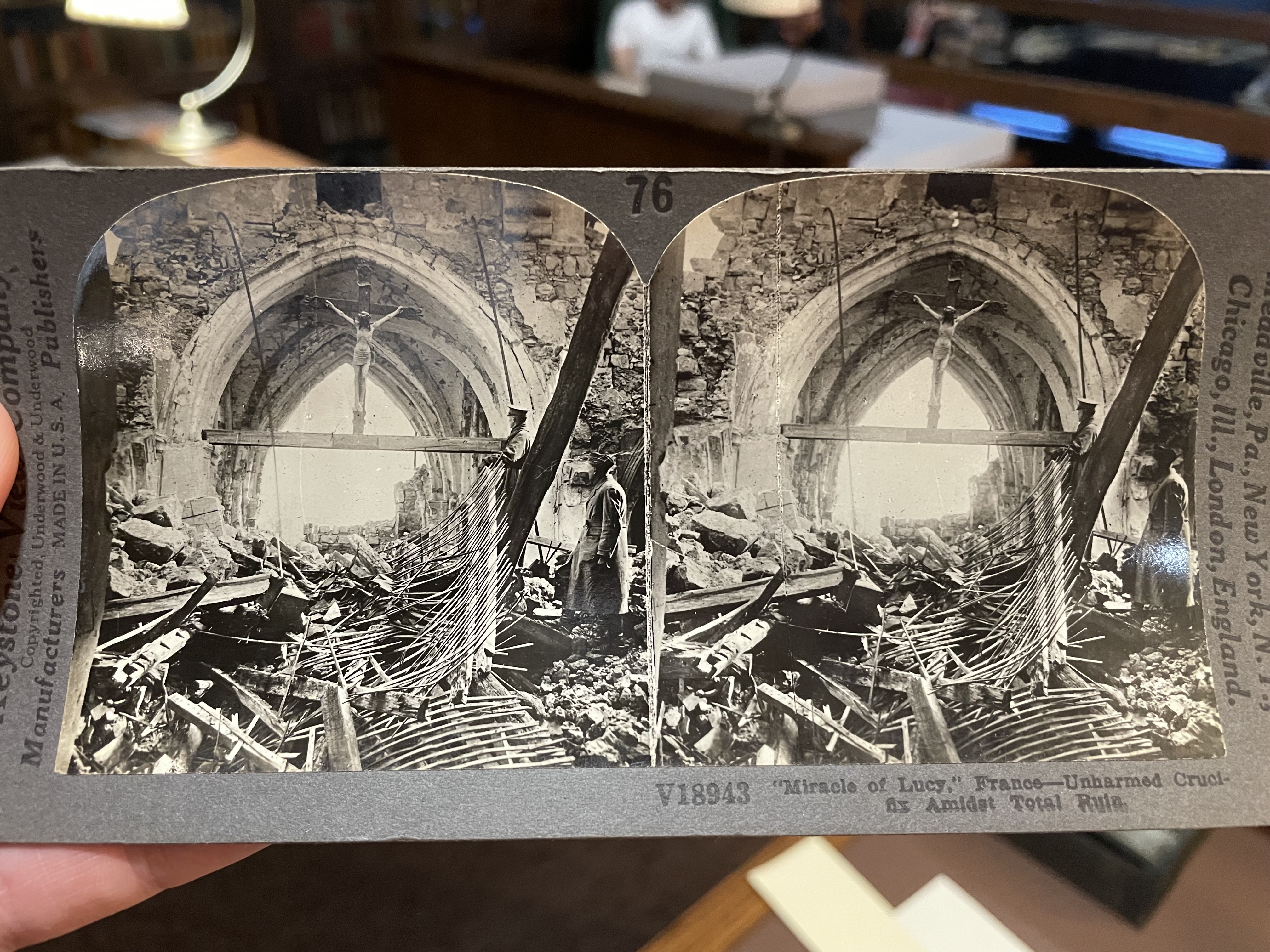 Confronting the inert matter of an object dehabitualizes us from its typical use and valuation (mental constructs), prompts us to perceive it differently. In one sense, Thing Theory explores the strangeness -- or the "unreality," to borrow a common term in WWI literature -- of this new relation. Bill Brown elaborates in "Thing Theory": "We begin to confront the thingness of objects when they stop working for us: when the drill breaks, when the car stalls, when the windows get filthy, when their flow within the circuits of production and distribution, consumption and exhibition, has been arrested, however momentarily. The story of the objects asserting themselves as things, then, is the story of a changed relation to the human subject and thus the story of how the thing really names less an object than a particular subject-object relation" (4).
Confronting the inert matter of an object dehabitualizes us from its typical use and valuation (mental constructs), prompts us to perceive it differently. In one sense, Thing Theory explores the strangeness -- or the "unreality," to borrow a common term in WWI literature -- of this new relation. Bill Brown elaborates in "Thing Theory": "We begin to confront the thingness of objects when they stop working for us: when the drill breaks, when the car stalls, when the windows get filthy, when their flow within the circuits of production and distribution, consumption and exhibition, has been arrested, however momentarily. The story of the objects asserting themselves as things, then, is the story of a changed relation to the human subject and thus the story of how the thing really names less an object than a particular subject-object relation" (4).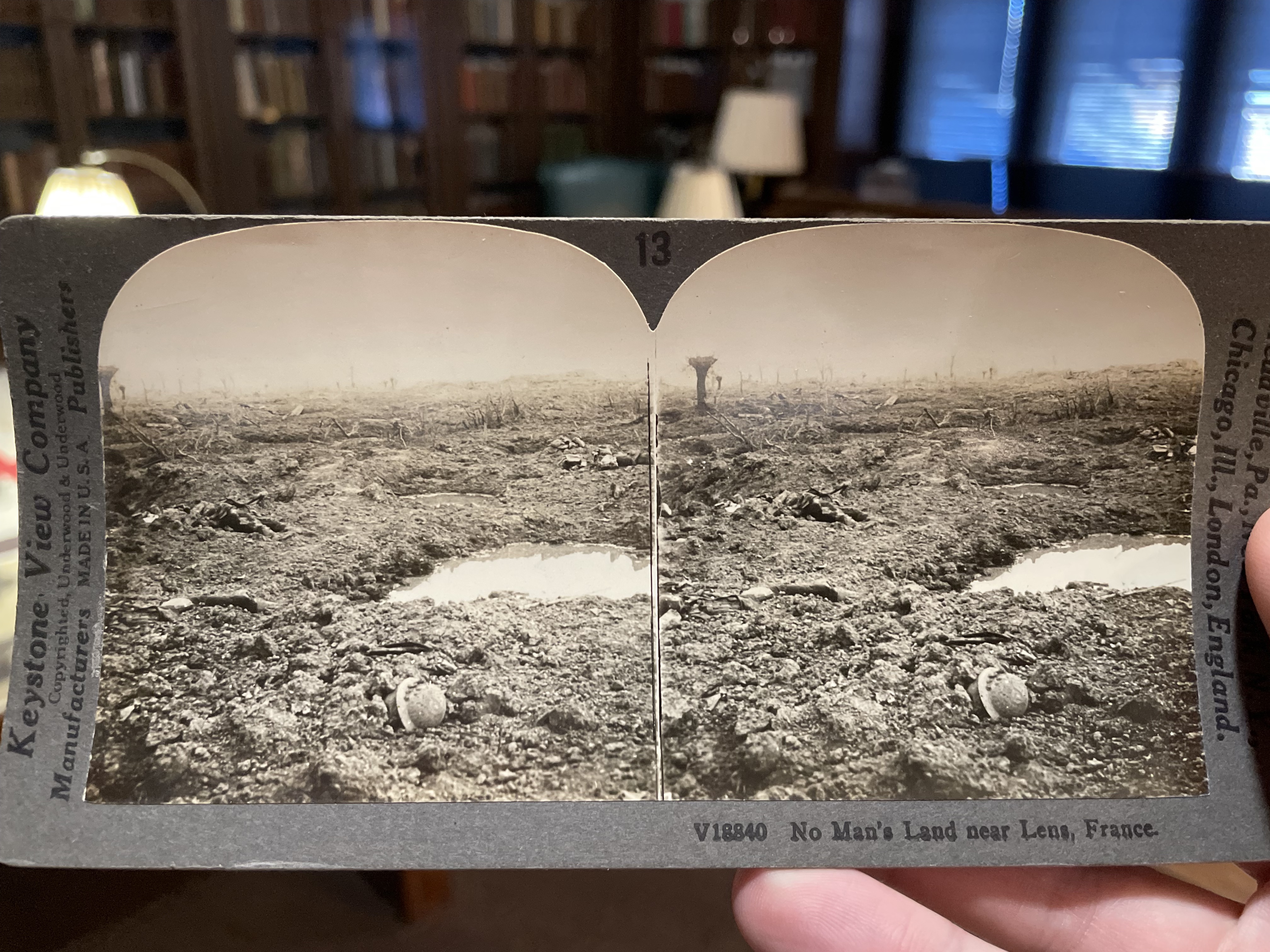 The Thingness of humanity is perhaps the most powerful dehabitualizing characteristic of World War I literature. Brown, though not commenting on WWI, paraphrases Michael Taussig to ask a question that would work well for our literary-historical focus: "does death have the capacity both to turn people into things and to bring inanimate objects to life?" (7). The narrator of All Quiet on the Western Front, after an intense shelling, observes as a "chest leans against the side of the trench, his face is lemon-yellow, in his beard still burns a cigarette. It glows until it dies out on his lips" (128). The human body here is not differentiated ontologically from the other things that surround it. It exists on the same plane as a smoldering cigarette or the liquid remains of two other comrades sticking to the wall nearby, which Tjaden suggests could be scraped up with a spoon and buried in a tin (128). Witnessing the Thingness of the human corpse and the implements at hand confronts us with a completely desacralized relation of subject-object.
The Thingness of humanity is perhaps the most powerful dehabitualizing characteristic of World War I literature. Brown, though not commenting on WWI, paraphrases Michael Taussig to ask a question that would work well for our literary-historical focus: "does death have the capacity both to turn people into things and to bring inanimate objects to life?" (7). The narrator of All Quiet on the Western Front, after an intense shelling, observes as a "chest leans against the side of the trench, his face is lemon-yellow, in his beard still burns a cigarette. It glows until it dies out on his lips" (128). The human body here is not differentiated ontologically from the other things that surround it. It exists on the same plane as a smoldering cigarette or the liquid remains of two other comrades sticking to the wall nearby, which Tjaden suggests could be scraped up with a spoon and buried in a tin (128). Witnessing the Thingness of the human corpse and the implements at hand confronts us with a completely desacralized relation of subject-object.